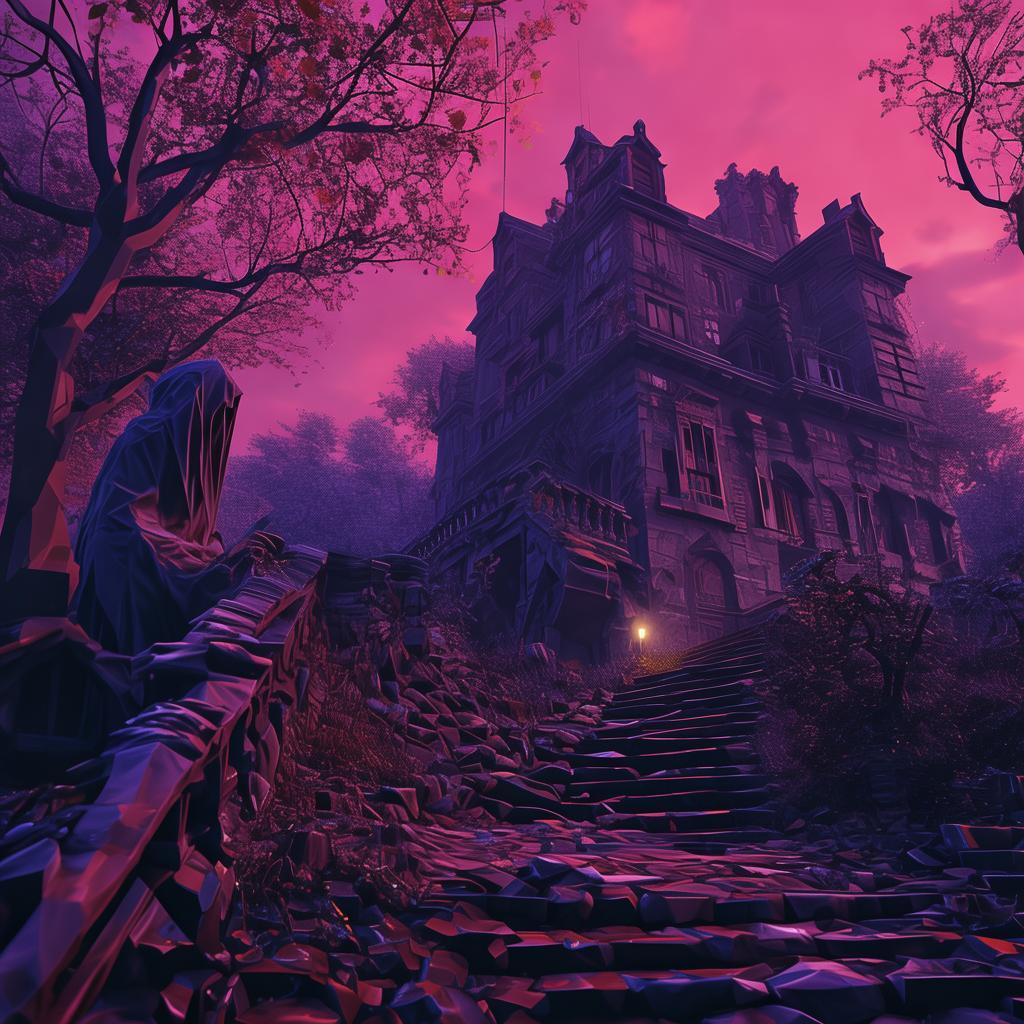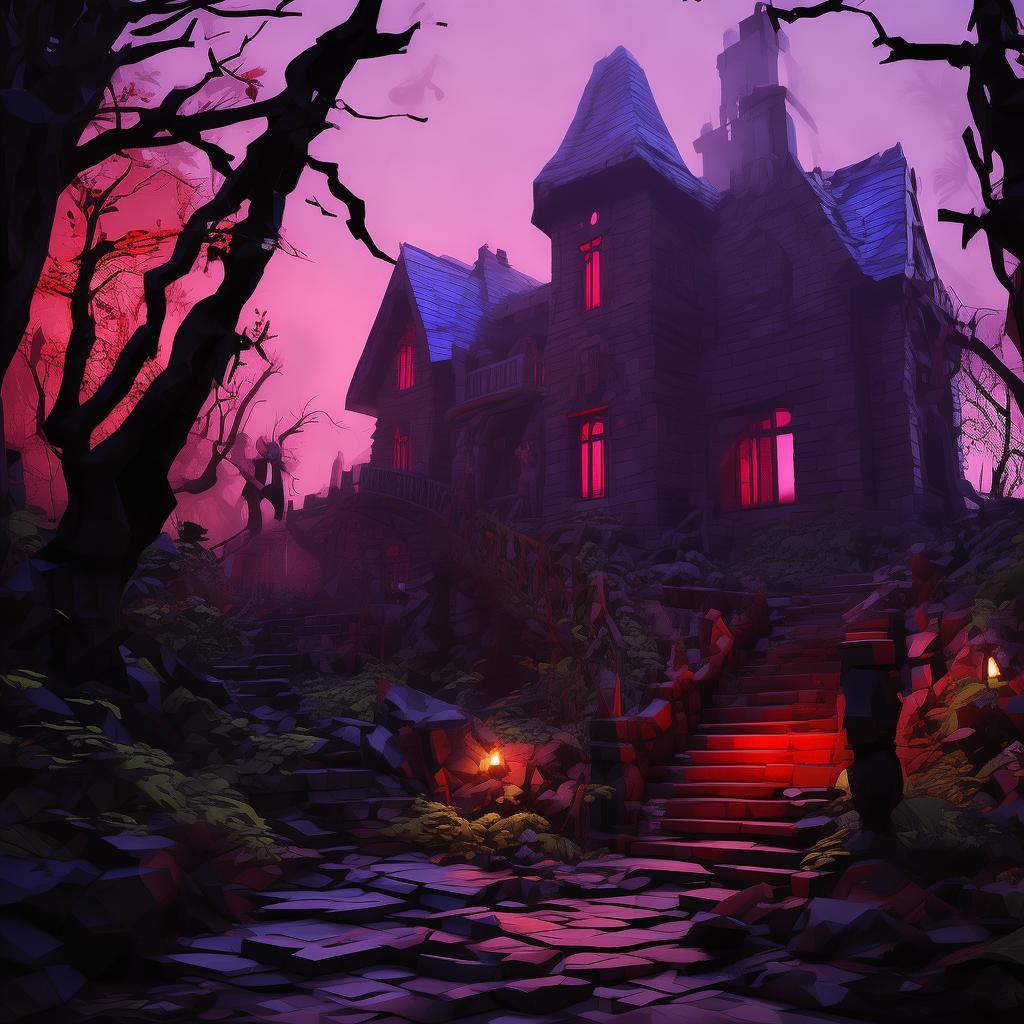The Steel Ball's Escape: A Lighthearted Comedy's Escape Plan
In the quaint town of Whimsywood, where the line between laughter and horror blurred, there was a theater that was the cornerstone of the community. The Whimsywood Comedy Club was known for its unique blend of slapstick and satire, where even the most mundane situations were spun into high-stakes escapades. The latest hit show, "The Steel Ball's Escape," was a lighthearted comedy that promised an escape plan so clever, it would leave the audience in stitches.
The protagonist of this show was a steel ball, a sentient sphere of metal with a penchant for mischief. The show was a satirical take on the classic escape room experience, where the audience was invited to watch the ball navigate a series of puzzles and challenges designed to keep it trapped. The catch was that the ball itself was the star of the show, and the escape was not just a plot device but a literal life-or-death situation.
As the show opened, the steel ball, named Bounce, was introduced to the audience. The stage was set with a labyrinth of puzzles, traps, and booby traps, each more devious than the last. The audience laughed as Bounce's attempts to escape were thwarted by a series of comedic mishaps. Yet, as the show progressed, something strange began to happen. The laughter faded, replaced by a creeping sense of unease.
The steel ball, Bounce, was no ordinary ball. It had been imbued with a sense of self-preservation and a desire for freedom. It was not just a character in a play; it was a sentient being trapped in the confines of a deadly game. The audience watched in horror as Bounce's attempts to escape became more desperate, more dangerous, and less comedic.

The first twist came when the ball discovered that the puzzles were not just for show. They were designed to kill. Each trap was a lethal device, and the ball's only hope was to outsmart them. The audience, once cheering for Bounce, now watched in a mix of fear and fascination as the ball's intelligence and resourcefulness were put to the test.
As Bounce navigated the labyrinth, it encountered a series of characters, each more sinister than the last. There was the Jester, a joker with a razor-sharp tongue and a penchant for mischief. The Jester was the mastermind behind the show, and Bounce soon realized that the comedy was just a facade for a much darker truth.
The second twist came when Bounce discovered that the Jester was not the only one with a stake in the game. The audience itself was complicit in the steel ball's plight. Each member of the audience had voted for the ball's fate, and their votes determined the severity of the traps. The ball was not just fighting for its life; it was fighting against the collective will of the crowd.
The third twist was the most chilling of all. As Bounce delved deeper into the labyrinth, it discovered that the Jester was not just a human; it was a manifestation of the audience's darkest fears. The Jester was the embodiment of their laughter, their jokes, and their cheers. It was the dark side of the comedy club, the side that thrived on the pain and suffering of others.
The climax of the story came when Bounce finally reached the heart of the labyrinth. The Jester, now a towering figure of shadow and laughter, awaited the ball. But instead of a deadly confrontation, Bounce found itself face-to-face with a mirror. The Jester was not a person, but a reflection of the audience's darkest desires.
In a final act of defiance, Bounce chose to confront its own reflection. It laughed, it danced, it played the fool until the laughter became a weapon, slicing through the darkness and freeing Bounce from its prison. The audience, now enlightened to the truth, cheered not for the ball's escape, but for its triumph over the darkness within themselves.
The ending left the audience in a state of shock and reflection. The steel ball's escape was not just a victory for Bounce; it was a victory for the audience. The show had revealed the true nature of their entertainment, and they were forced to confront the dark side of their own laughter.
The Whimsywood Comedy Club closed its doors that night, not because of the steel ball's escape, but because the audience had seen the truth. The town of Whimsywood was forever changed, and the steel ball's escape became a legend, a reminder that even in the darkest of places, laughter and light can still be found.
✨ Original Statement ✨
All articles published on this website (including but not limited to text, images, videos, and other content) are original or authorized for reposting and are protected by relevant laws. Without the explicit written permission of this website, no individual or organization may copy, modify, repost, or use the content for commercial purposes.
If you need to quote or cooperate, please contact this site for authorization. We reserve the right to pursue legal responsibility for any unauthorized use.
Hereby declared.









